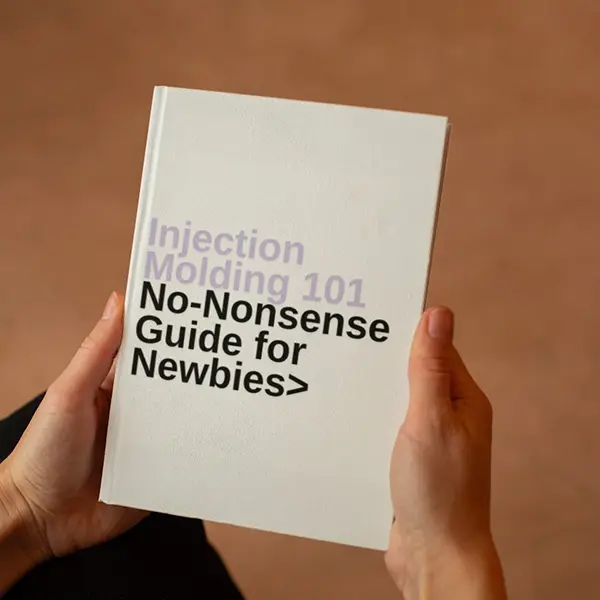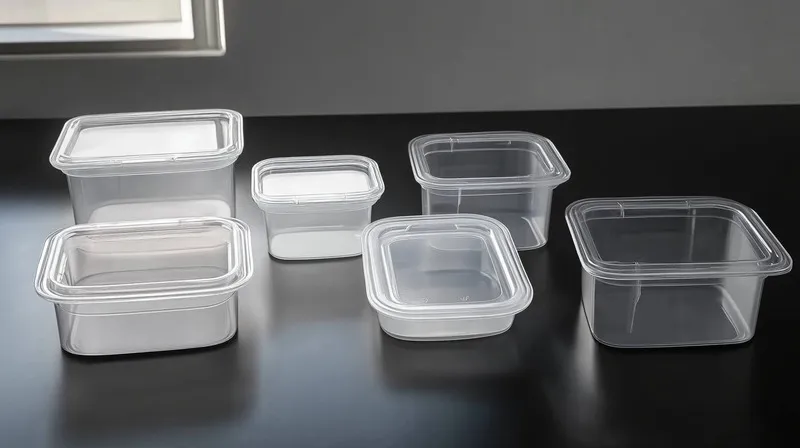
Clean room injection molding is a specialized manufacturing process where plastic parts are produced in a controlled, sterile environment1 to prevent contamination. This method is vital for industries where even microscopic particles can compromise product safety, functionality, or compliance with regulations.
Clean room injection molding ensures contamination-free plastic parts for medical devices, pharmaceuticals, electronics, and aerospace, where sterility and precision are critical.
Understanding when to use clean room injection molding2 can guide you in choosing the right manufacturing process for your project, balancing quality, cost, and regulatory needs. Read on to explore its applications, benefits, and key decision-making factors.
Clean room injection molding is only necessary for medical devices.False
While vital for medical devices, it’s also used in pharmaceuticals, electronics, and aerospace for contamination-sensitive applications.
Using clean room injection molding can reduce the risk of product recalls.True
By ensuring parts are free from contaminants, it minimizes defects or safety issues, lowering recall risks.
What is Clean Room Injection Molding?
Clean room injection molding involves producing plastic components in a highly controlled environment designed to eliminate dust, airborne particles, and other contaminants. This is achieved using advanced systems like HEPA filters, positive pressure airflow, and strict protocols for personnel and materials. Clean rooms are classified by the number of particles per cubic meter, with ISO 7 and ISO 83 being common standards for injection molding, as explained by SeaskyMedical Injection Molding.
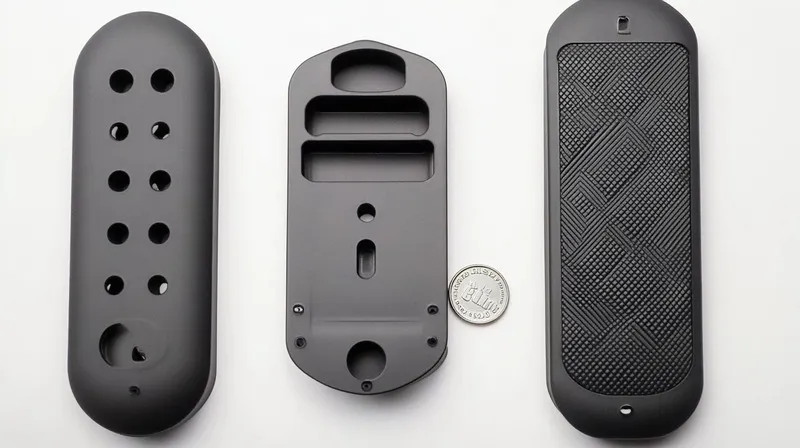
The process mirrors standard injection molding—melting plastic, injecting it into a mold, cooling, and ejecting the part—but occurs within a sterile setting. This ensures that the final product meets the stringent cleanliness requirements of sensitive applications.
Why is Clean Room Injection Molding Important?
In industries like healthcare, a single contaminant can lead to infections or device failure. In electronics, dust can disrupt circuit functionality. Clean room injection molding addresses these risks, ensuring product reliability and safety. The global clean room technology market4, valued at USD 3.9 billion in 2020, is projected to grow at a 5.7% CAGR through 2028, driven by rising demand for sterile products, according to Grand View Research.
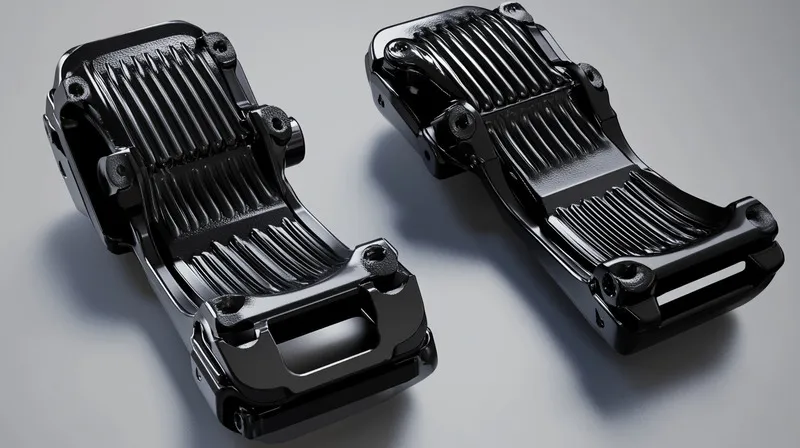
When Should You Use Clean Room Injection Molding?
Clean room injection molding is indispensable when contamination poses a significant risk to product performance or safety. Here’s when it’s most applicable:
- Medical Devices: Essential for implants (e.g., pacemakers), surgical tools (e.g., scalpels), and drug delivery systems (e.g., insulin pens), where sterility prevents patient harm.
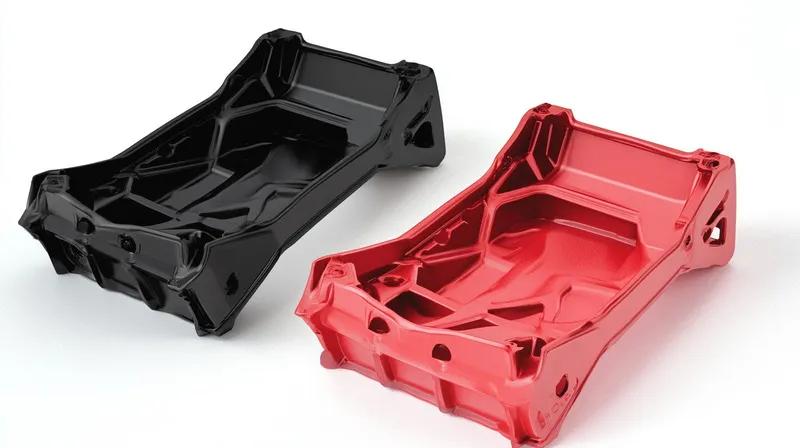
Industries and Applications
-
Medical Devices: Essential for implants (e.g., pacemakers), surgical tools (e.g., scalpels), and drug delivery systems (e.g., insulin pens), where sterility prevents patient harm.
-
Pharmaceuticals: Used for components like syringes, vials, and packaging to maintain drug purity and efficacy.
-
Electronics: Critical for circuit boards, semiconductor housings, and optical lenses, where particles can cause malfunctions.
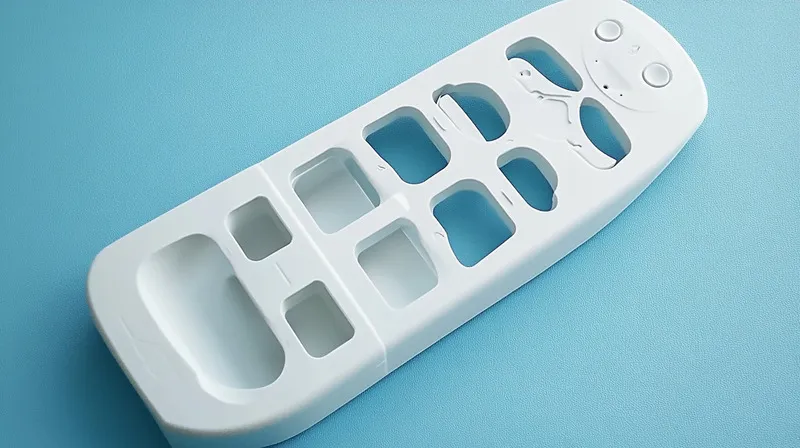
- Aerospace: Applied to precision components where contaminants could affect performance or safety.
For more on its medical applications, see MD+DI Online Injection Molding.
Regulatory Requirements
Regulations often dictate clean room use:
- FDA Standards5: Mandate sterile conditions for certain medical devices.

- ISO 13485: Requires clean room environments for medical device manufacturing to ensure quality and safety.
If your product falls under these standards, clean room injection molding6 is a must.
Product Sensitivity
Use this process if:
- Sterility is required (e.g., hospital tools).
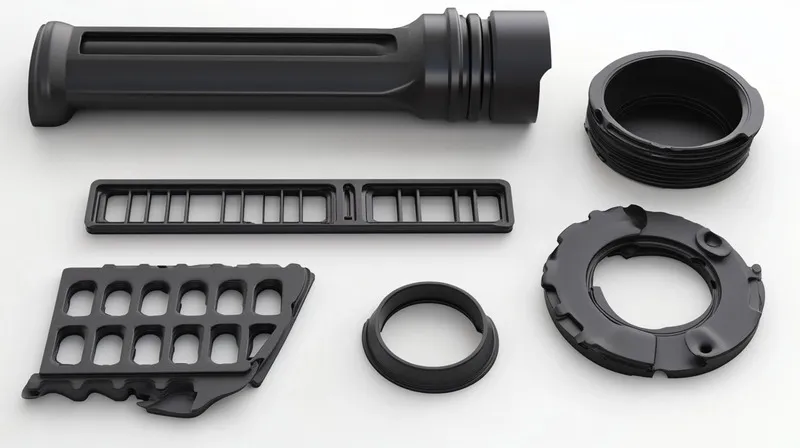
-
Contamination impacts functionality (e.g., electronic chips).
-
The product operates in sterile settings (e.g., labs).
Clean room injection molding is only used in the medical industry.False
It’s also critical in pharmaceuticals, electronics, and aerospace for product integrity and compliance.
Regulatory standards like FDA and ISO 13485 often require clean room manufacturing.True
These standards ensure products meet strict cleanliness and safety requirements.
What are the Benefits and Drawbacks of Clean Room Injection Molding?
Clean room injection molding offers unique advantages but comes with trade-offs. Here’s how it compares to standard injection molding:
| Aspect | Clean Room Injection Molding | Standard Injection Molding |
|---|---|---|
| Cost | Higher due to clean room setup and protocols | Lower, with minimal infrastructure needs |
| Complexity | More complex with strict controls | Simpler, fewer environmental demands |
| Applications | Medical, pharma, electronics, aerospace | Consumer goods, automotive, toys |
| Contamination Risk | Very low, ideal for sensitive uses | Higher, unsuitable for sterile needs |
Benefits
- Sterility Assurance: Vital for health-related applications.

-
Regulatory Compliance7: Meets FDA and ISO standards.
-
Defect Reduction8: Lowers contamination-related issues, enhancing reliability.
-
Precision: Suits high-stakes industries like aerospace.
Drawbacks
- Cost: Higher due to specialized equipment (e.g., HEPA filters) and maintenance.
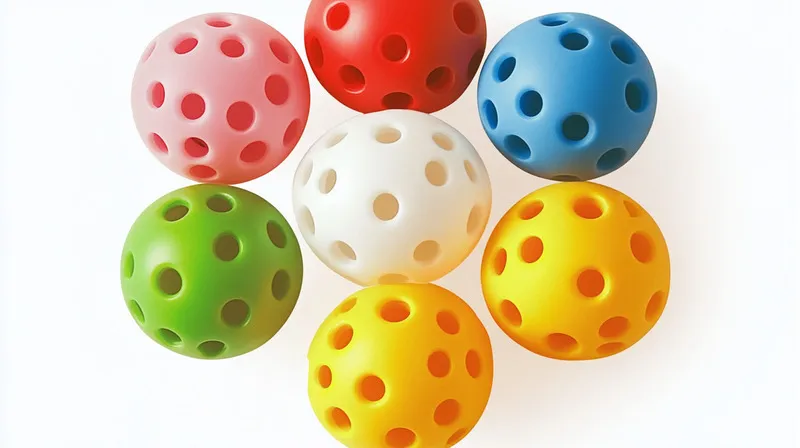
-
Complexity: Requires trained staff and rigorous protocols.
-
Time: Setup and cleaning can extend production schedules.
Clean room injection molding is more expensive than standard injection molding.True
Specialized equipment and strict protocols drive up costs.
Clean room injection molding eliminates all risks of contamination.False
It greatly reduces contamination but cannot eliminate it entirely.
What are the Key Considerations for Choosing Clean Room Injection Molding?
Selecting clean room injection molding requires evaluating your project’s needs. Use these guidelines:
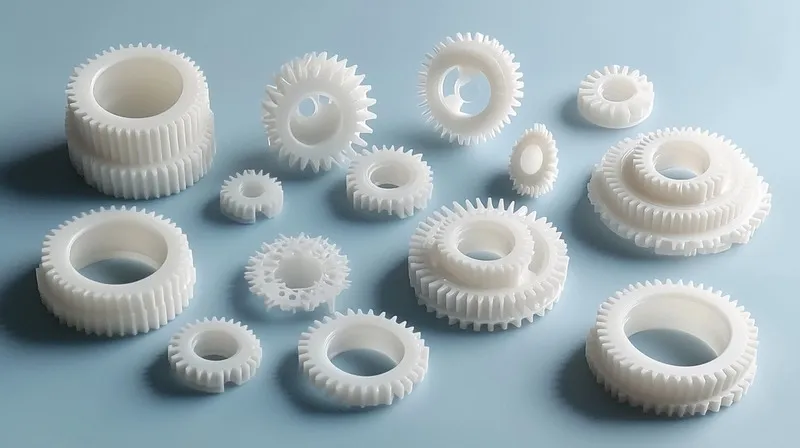
Design Checklist
-
Clean Room Class9: Determine if ISO 7, ISO 8, or another class fits your requirements.
-
Regulations: Confirm compliance with FDA, ISO 13485, or other standards.
-
Materials: Choose plastics (e.g., biocompatible resins10) suitable for clean room processing.
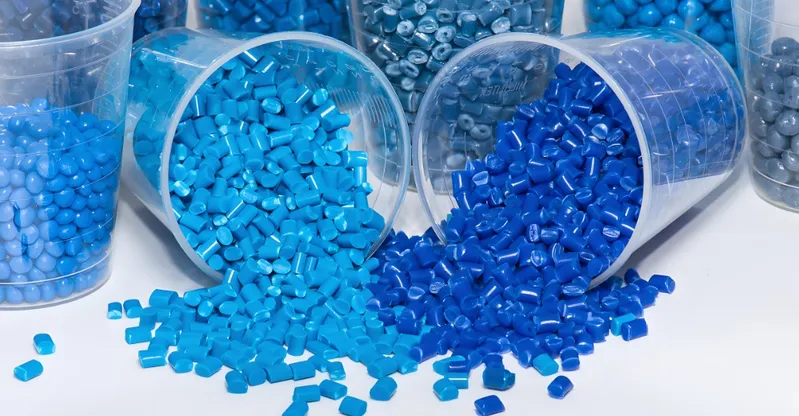
-
Resources: Ensure staff training and equipment compatibility.
-
Volume: Ideal for high-volume runs of sensitive parts.
Decision-Making Framework
Answer these questions:
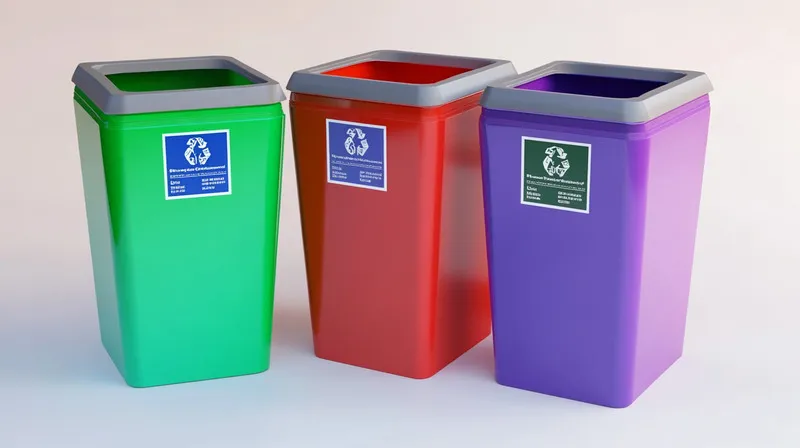
-
Is your product for a sensitive industry (e.g., medical, electronics)?
- Yes: Continue.
- No: Standard molding may work.
-
Does it require sterility or low contamination?
- Yes: Lean toward clean room molding.
- No: Assess other options.
-
Are there regulatory mandates11?
- Yes: Clean room is essential.
- No: Weigh costs vs. benefits.
-
Could contamination harm safety or function?
- Yes: Strongly consider clean room molding.
- No: It may not be needed.
As an expert notes in MD+DI Online, “A project team should be formed at the beginning… including the customer, molder, cleanroom expert, and suppliers,” highlighting the collaborative effort required.
Clean room injection molding is always the best choice for high-precision parts.False
It ensures cleanliness, but standard molding can suffice for precision parts not requiring sterility.
A clean room environment is crucial for meeting FDA standards in medical device manufacturing.True
FDA regulations often require it for product safety and efficacy.
Conclusion
Clean room injection molding is the go-to solution when contamination risks cannot be tolerated, serving industries like medical devices, pharmaceuticals, electronics, and aerospace. Though it demands higher investment and complexity, its ability to deliver sterile, reliable parts makes it invaluable for sensitive applications. By assessing your product’s needs—regulatory, functional, and environmental—you can decide if this process is right for you.
-
Learn about the significance of maintaining a sterile environment in manufacturing processes to ensure product integrity and safety. ↩
-
Explore this link to understand how clean room injection molding ensures product safety and compliance in sensitive industries. ↩
-
Discover the details of ISO 7 and ISO 8 standards to understand their role in clean room injection molding and compliance. ↩
-
This resource provides insights into market trends and growth projections, essential for understanding industry dynamics. ↩
-
Understanding FDA standards is crucial for compliance in medical device manufacturing, ensuring safety and quality. ↩
-
Explore this link to understand how clean room injection molding ensures product safety and reliability across various industries. ↩
-
Understanding regulatory compliance is crucial for industries like pharma and medical; this link will provide essential insights. ↩
-
Learn how Clean Room Injection Molding minimizes defects and enhances product reliability, vital for high-stakes industries. ↩
-
Understanding Clean Room Class is crucial for ensuring your project meets specific industry standards and requirements. ↩
-
Learning about biocompatible resins is essential for selecting the right materials for sensitive applications in clean rooms. ↩
-
Exploring regulatory mandates helps ensure compliance and safety in sensitive industries like medical and electronics. ↩


